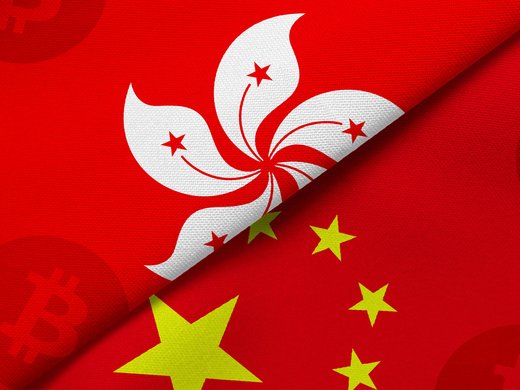I don’t know near enough about Brazil to pass judgement on Guido Mantega’s tenure as the country’s finance minister. But he already has a legacy, for it was he who gave us the “currency war.”
Mr. Mantega (in)famously uttered that phrase in 2010 to the delight of headline writers, business channel pundits and foreign-exchange analysts the world over. I argued in 2013 that the notion that the world's major economies were out to crush each other was terrible hyperbole. I may have been naive. Good economists continue to look at the global financial system and see a battlefield. “We’re seeing true currency wars and everybody is doing it and I have no idea where it is going to end,” William White told the Telegraph in January. Avery Shenfeld, chief economist at CIBC World Markets, said last week that the Bank of Canada is “splitting hairs” when it argues that its surprise rate cut in January wasn't aimed at weakening the currency. “The weapon he deployed, dovish talk on rates, and then an actual rate cut, will mostly affect activity through its impact on the loonie, particularly when regulators stand ready to impose additional macro-prudential restraints should Canadians be too eager to borrow more,” Shenfeld wrote in his latest weekly commentary. (Given this is an election year, I am unsure a regulatory system controlled by politicians would get in the way of eager voters’ desire to buy homes. But that is an aside and shouldn't district from Shenfeld’s point.)
So “currency war” has become shorthand for the foreign-exchange channel of monetary policy. Ok. The problem is that we all are economists now. Thomas Piketty is a best-selling author today because seven years of a never-ending economic crisis has created a thirst for knowledge — and lots of amateur experts. And we amateurs with a less-than-commanding grasp on theory and policy rely on the professionals to write our analyses. That’s why precision in language is important. Some who throw around “currency war” would say they simply are getting to the crux of the matter: the exchange rate the thing that central banks can influence most directly, ergo quantitative easing and lower-for-longer interest rates are about weaker currencies. And before you know it, it’s the 1930s all over again! Contemporary commentators can’t resist drawing parallels with the beggar-thy-neighbour policies of the Great Depression, as if modern central bankers were ignorant of the lessons from that era.
Monetary policy is done much differently now than it was then. There were no official inflation targets, for a start. Today, almost every major central bank has one. Was the Bank of Canada’s interest-rate cut in January the shot heard around the world, prompting the flurry of “surprise” policy announcements that followed? Or was it simply that the Bank of Canada was the first major central bank to have a scheduled policy meeting after the Christmas holiday? Officials would have returned from their breaks and immediately started gathering data and running their models to meet the announcement date of Jan. 21. As economist Ted Carmichael (no relation) shows on his blog, they would have discovered a situation that demanded easier monetary conditions in order to meet their inflation target.
Yes, the exchange rate is part of the equation, but borrowing costs also are a major transmission mechanism. And in the Bank of Canada’s case, there also was worry about financial stability and what the prospect of mass layoffs in the oil patch meant for the viability of all those mortgages handed out in recent years. As the collapse in oil prices continued unabated into the New Year, those central banks that target inflation had little choice but to respond. Their mandates left them no choice.
“It is not so much a currency war, or anything malicious, but the mere fact of lack of coordination among major central banks, which has bedevilled the system since the breakdown of Bretton Woods,” Vivek Dehejia, an economics professor at Carleton University, told me by email. “So we end up in a suboptimal situation in which each central bank tries to do what is in its own national interest... Our current system of `managed flexible exchange rates’ is really a non-system, in my view.”
What looks like a war actually is a dozen or so major or significant central banks pursuing the narrow objectives given them by their political masters. It is messy, there is no doubt about that. And it may even be dangerous, although as Shenfeld argues, the mass easing of monetary policy could result in global economic stability by boosting growth in the places that most need it, such as Europe. But it isn't a war. Let’s start calling it what it is: a vivid example of why better global coordination of monetary policy is desperately needed.


